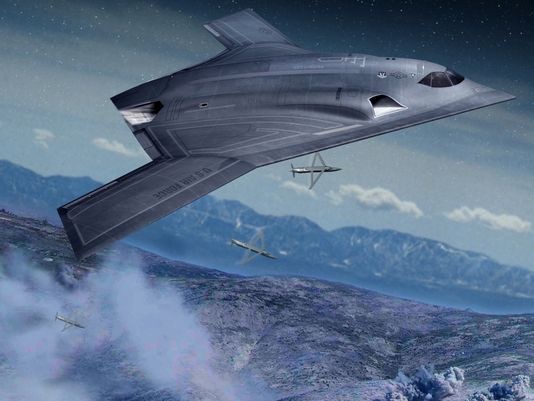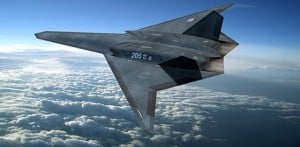LRSB: When Will The Bomber Drop?
Posted on
WASHINGTON: Where, oh, where has the Long Range Strike Bomber gone? Where, oh, where can it be?
The Pentagon has scheduled a briefing with Air Force acquisition head Bill LaPlante for tomorrow, but that doesn’t mean the bomber contract is going to be announced any time soon.
Soon is the operative word. Air Force Secretary Deborah Lee James used it at last month’s annual Air Force Association conference. The announcement would come “soon,” she said. To keep reporters happy — who kept pestering her and Laplante for more information about the program — she promised to hold some sort of briefing for us. LaPlante used soon at the same conference. The Air Force deputy for acquisition, Lt. Gen. Arnold Bunch, told the House Armed Services seapower and power projection subcommittee on Sept. 29 he “hoped for” a decision “in a couple of months.” He told them LRSB “is a case, sir, where we need to go slow to go fast.” LRSB is a one of the top three priorities for the service, as we’ve heard for at least three years. We all know substantial work has been done on the aircraft and on its engines, but we don’t know how much because almost everything associated with it is classified.
We don’t really expect many new details from tomorrow’s briefing (though a reporter can always be surprised). Industry isn’t chatting. Neither the Boeing-Lockheed team nor Northrop Grumman will utter nary a word about the program. For the most part they won’t even speculate about when the contract award will be announced.
So just why is the bomber announcement, which was supposed to happen by late summer, hanging in the wind? Spending on this program is projected to be around $20 billion through 2020 and the program is likely to consume as much as $80 billion of taxpayer’s dollars, so it is no small thing to be waved off. Pentagon acquisition head Frank Kendall oversees the board which governs the Air Force’s Rapid Capabilities Office (RCO). The RCO, not the service’s traditional acquisition corps, is charge of the program. Kendall and LaPlante have met and discussed the program several times in the last six months.
Possible reasons for the delays to the program announcement?
The Air Force and the Office of Secretary of Defense worry that announcing a winner just before Congress approves a Continuing Resolution for the rest of 2016 would leave the program in limbo and leave the contractors hanging. This could well be considered a new start and those are not allowed under congressional rules when a CR passes — unless Congress grants an exemption. And no one, least of all Congress, has any idea what that august body will do until Republicans decide what to do about their speaker.
Congress has expressed skepticism about spending on the program, with the 2016 National Defense Authorization Act trimming $460 million from the $1.25 billion request because of the delayed contract award. It also includes language requiring a report on the Technology Readiness Levels “of the technologies and capabilities critical to the Long Range Strike Bomber aircraft.” Breaking D readers will remember that Frank Kendall discussed this issue in our interview with him.
The Boeing-Lockheed team can afford to wait, although the costs of the design team it has to keep intact until a winner is announced are probably pretty steep. Boeing only makes roughly one third of its revenue from defense and Lockheed is almost twice the size of its next defense competitor. Northrop Grumman, viewed as the incumbent for its work on the B-2 bomber, is extremely eager for a decision. An $80 billion-plus program award to the single smaller company that depends on defense for three-quarters of its revenue looms large.
Subscribe to our newsletter
Promotions, new products and sales. Directly to your inbox.


